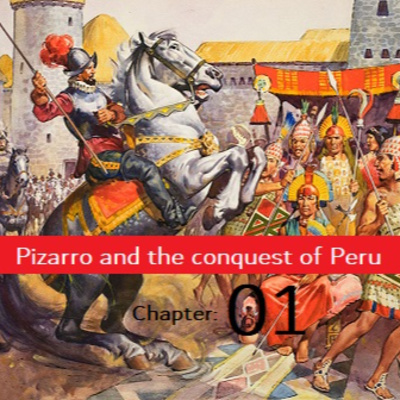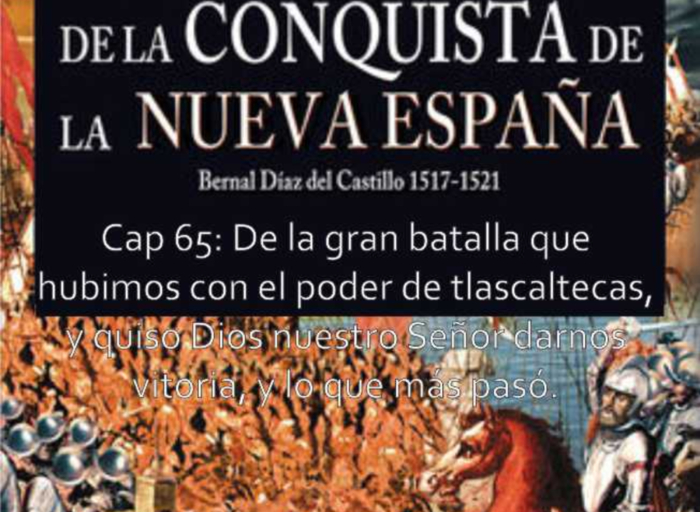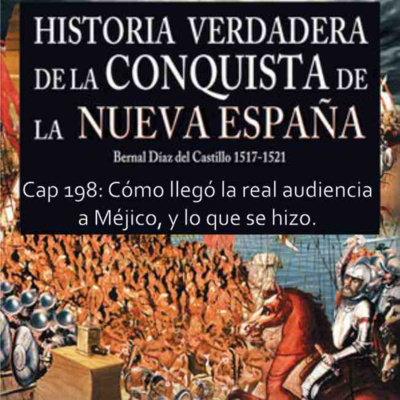
History:Pizarro and the conquest of Peru
By: Frederick A. Ober
Chapter 01
IN THE LAND OP POISONBD ARROWS 151O-1519
FOUR hundred years ago the continent of South America was known to the world at large only as a vast wilderness inhabited by savages. But a few points had been touched at here and there on its northeastern coast, and no expeditions of discovery had been made to its unknown interior. Columbus, Vespucius, Pinzon, and others had sailed along certain sections of the coast, but behind the barrier of its motmtains all was mystery. It was called, indeed, and for many years after the first landing of Spaniards in the West Indies remained, the «mysterious continent.»
It is on the northern coast of this continent, in the year 1510, that we obtain otir I
first glimpse of Francisco Pizarro. He had sailed thither from Santo Domingo, in an expedition commanded by Alonzo de Ojeda, a cavalier renowned for his lion-like cotirage, but whose impetuous bravery always led him into disaster. His lieutenant, Pizarro, was equally brave and resolute, but cool and calculating, even in the midst of perils; and thus we see him the first time he looms upon the horizon of history, sturdily defending himself against the attacks of desperate Indian hordes.
Behind him and his companions lay the interminable forest, which, swarming with hostile Indians, enveloped them on every side save in front, where stretched the sea, but upon which they could not embark unless some were left to perish. His commander had been given the governorship of a province on the isthmus of Darien; but he had to conquer that province first, and as it was occupied by natives who fancied they had a better right to it than Ojeda—as they really had — and as they were, moreover, fierce and warlike, being allied to the cannibal Caribs of the islands, he found himself engaged in war at the outset.
There were no braver men in the world
than the Spaniards of those days, seasoned by their wars with the Moors and their many encounters with the American Indians, and, as every foe they met had been overcome, they held these natives of the New World in contempt, from the ease with which they were vanqiiished. There was hardly a Spaniard who did not consider himself a match for at least a score of Indians, clad as he was in his impenetrable armor of steel, and armed with keen-edged sword or arquebuse; while his naked enemy was almost defenceless, his rude weapons consisting solely of war-club and javelin, or lance of firehardened wood, with bow and arrows. But these natives of «Terra Firma*’—as the north coast was called—possessed a weapon which made them for a time the equals of the Spaniards. It was the terrible poisoned arrow, dipped in the deadly curari, or woorari, prepared by them in the secret recesses of the forests…

